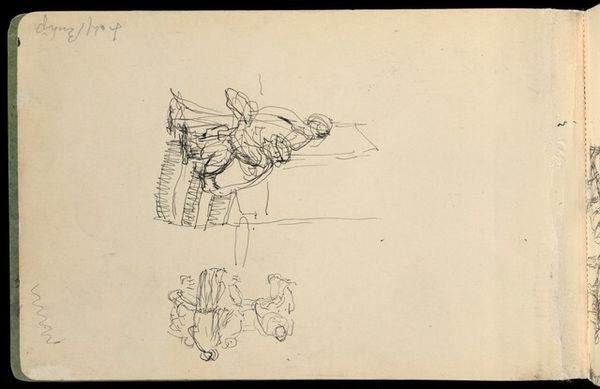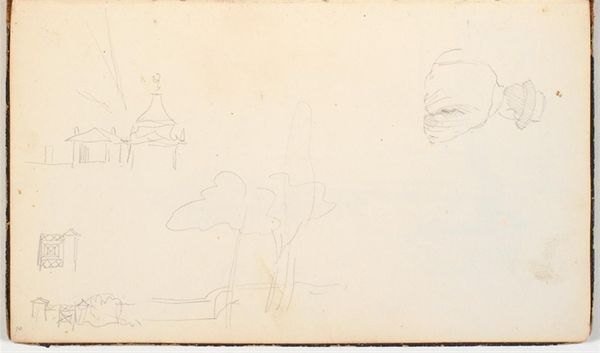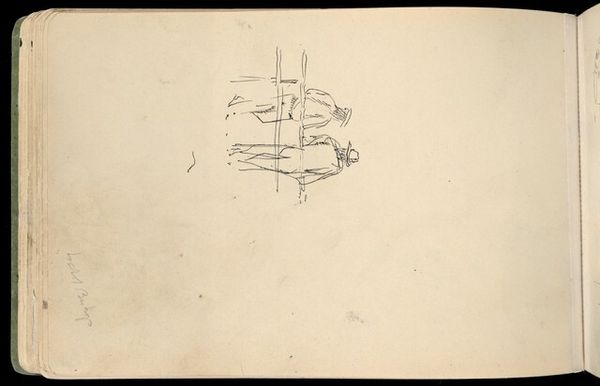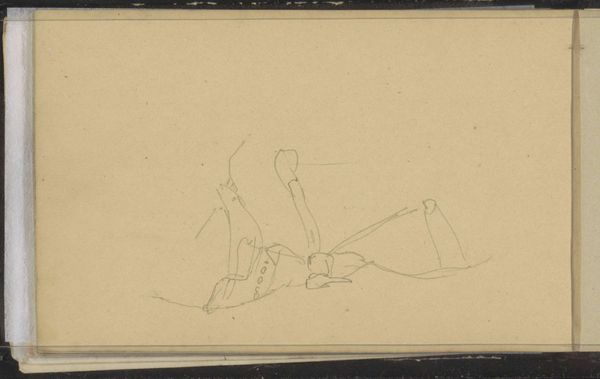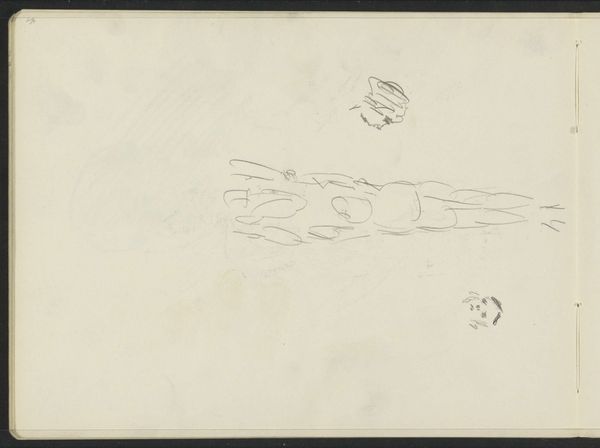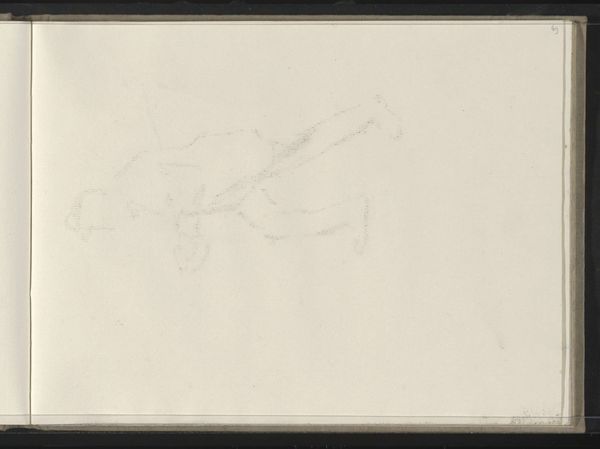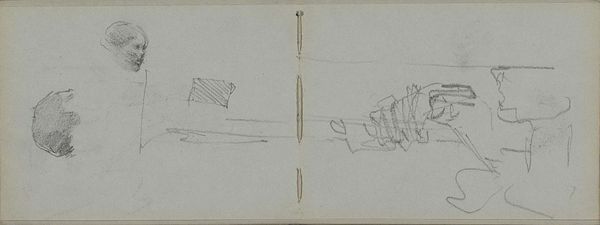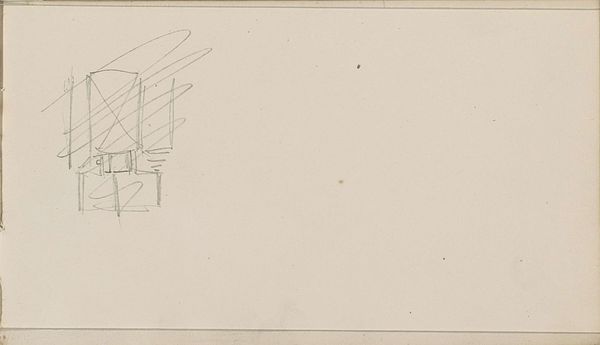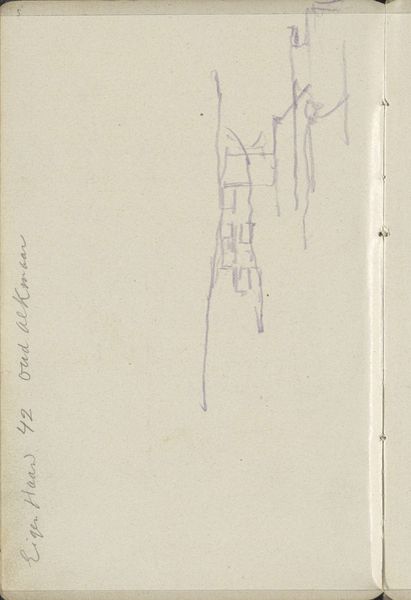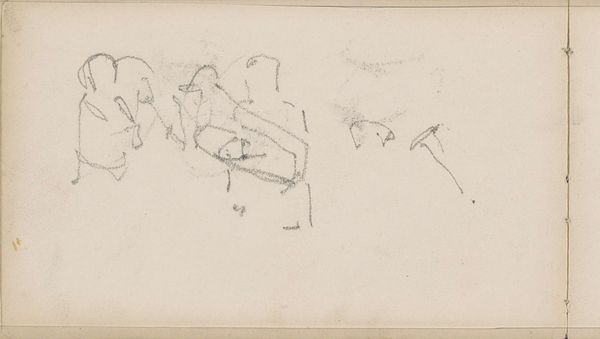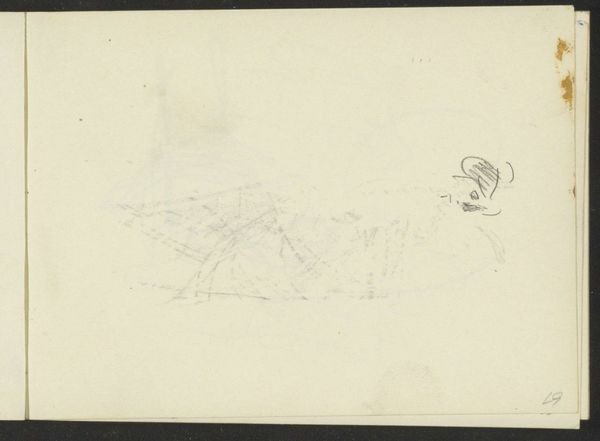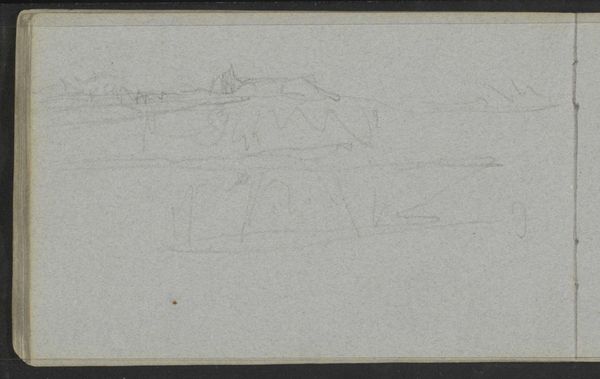![Study of Artillery Cannon (Begonnene Studie einer Artilleriekanone) [p. 1] by Max Beckmann](/_next/image?url=https%3A%2F%2Fd2w8kbdekdi1gv.cloudfront.net%2FeyJidWNrZXQiOiAiYXJ0ZXJhLWltYWdlcy1idWNrZXQiLCAia2V5IjogImFydHdvcmtzLzNkZmE2MzkxLWFlMGMtNGUxMy05MmZhLTc4NzA4YzEyZTVjMC8zZGZhNjM5MS1hZTBjLTRlMTMtOTJmYS03ODcwOGMxMmU1YzBfZnVsbC5qcGciLCAiZWRpdHMiOiB7InJlc2l6ZSI6IHsid2lkdGgiOiAxOTIwLCAiaGVpZ2h0IjogMTkyMCwgImZpdCI6ICJpbnNpZGUifX19&w=1920&q=75)
Study of Artillery Cannon (Begonnene Studie einer Artilleriekanone) [p. 1]
0:00
0:00
drawing, pencil, graphite
#
drawing
#
ink drawing
#
pen sketch
#
figuration
#
pencil
#
line
#
graphite
Copyright: National Gallery of Art: CC0 1.0
Editor: So this is a pencil and ink sketch titled "Study of Artillery Cannon" by Max Beckmann. It feels incredibly sparse, just faint lines on paper. What jumps out at you about it? Curator: I'm struck by the artist's focus on the machine itself. Not glorifying it, but simply documenting its form, its materials. These are the instruments of production, the tools of…well, destruction. Editor: Do you mean, by documenting the material presence of these cannons, is Beckmann commenting on their role within a society, even if it's a quick sketch? Curator: Precisely! Consider the socio-political context of Beckmann's time. What was being manufactured and how was that shaping society? Editor: Okay, artillery…obviously used for warfare. So, is Beckmann highlighting how industry and conflict are intertwined through their materiality? Curator: The act of sketching itself is also labor. By recording it, Beckmann calls attention to the cannon’s construction, who produced it, and to what ends they worked. Editor: So you’re saying this isn’t just a drawing of a cannon, but a study of the labour and industry around creating a tool for war? A reflection on the materiality of conflict itself? Curator: Exactly. It asks us to think about the resources – human and material – that go into making such machines and consider its use. A simple sketch that encapsulates complex ideas about consumption, production, and consequence. Editor: Wow, I hadn't considered all those layers within this sketch, just focused on it being just an illustration. It really opens up how seemingly simple art can speak to wider themes about labor and war! Curator: Indeed! Focusing on the materiality gets us beyond aesthetics.
Comments
No comments
Be the first to comment and join the conversation on the ultimate creative platform.
